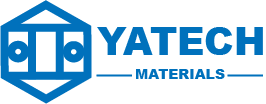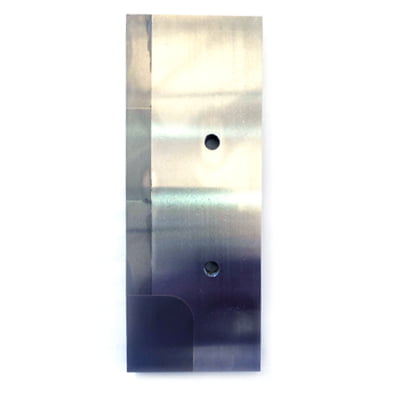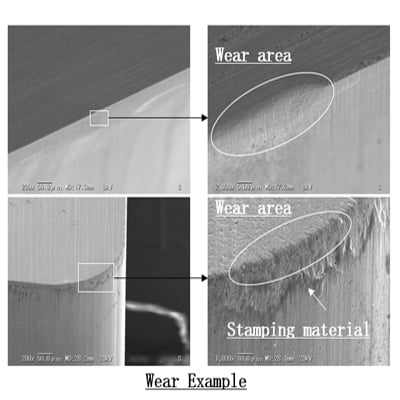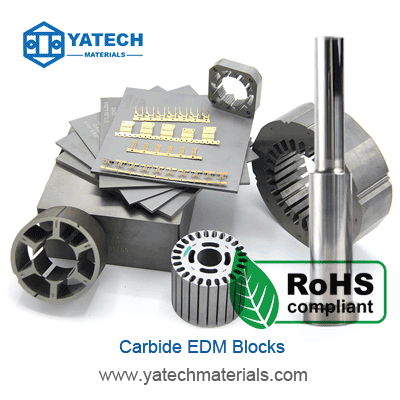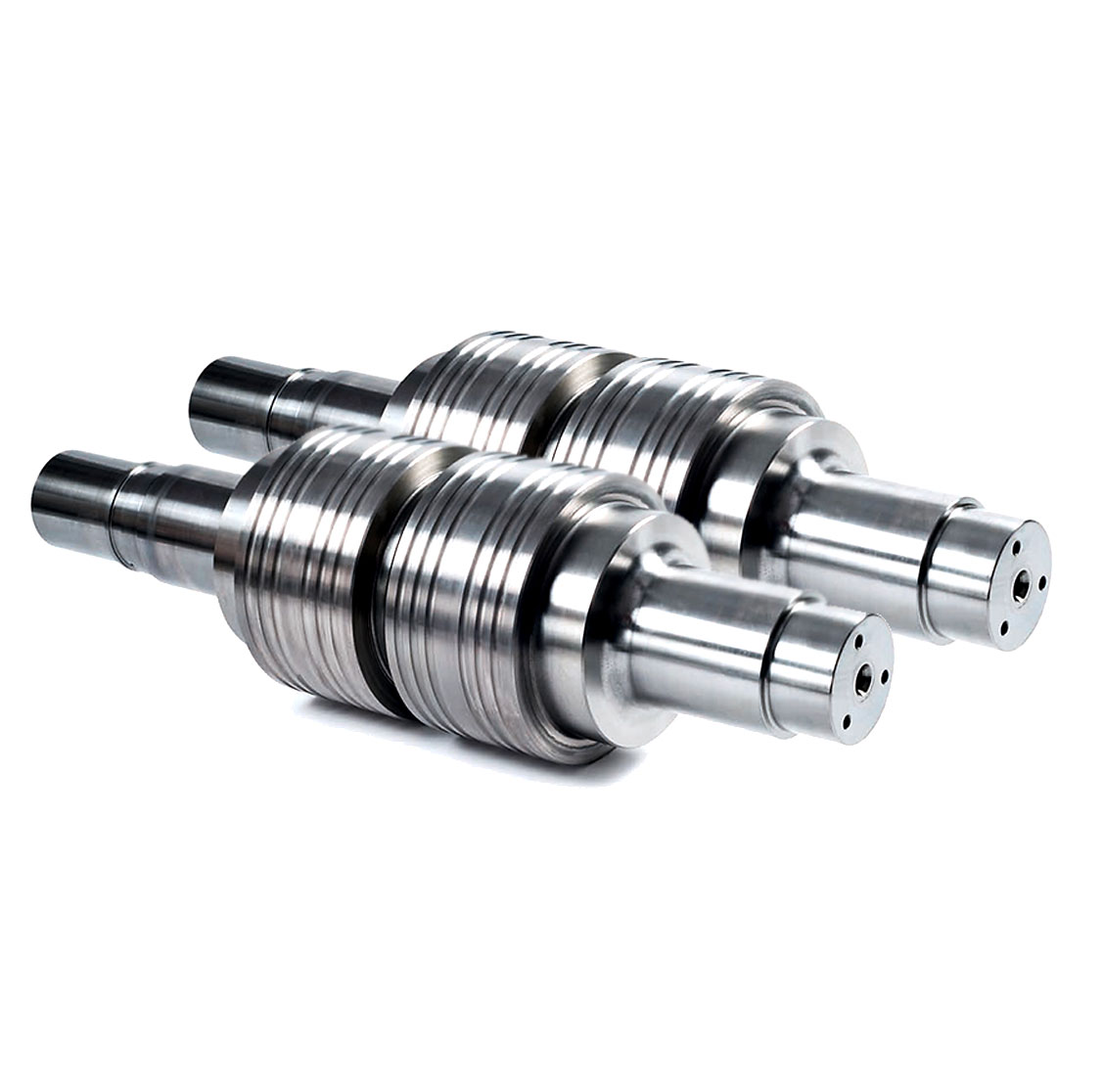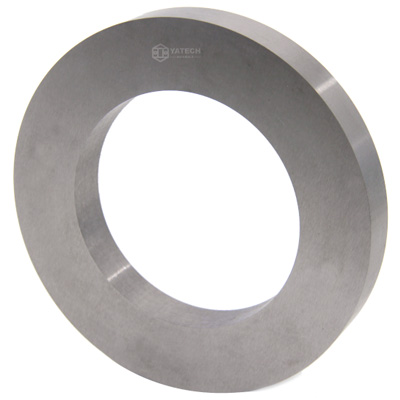
How to choose tungsten carbide wear parts?
Tungsten carbide wear parts are widely used in various industries, such as mining, construction, and manufacturing, due to their excellent physical properties, such as high hardness, wear resistance, and toughness. When choosing tungsten carbide wear parts, it is essential to consider factors such as the physical properties of carbide, the types of carbide grades, the design of wear parts, and the application areas of wear parts.
Physical Properties of Carbide
Tungsten carbide is a compound consisting of tungsten and carbon atoms. It has a very high melting point (2,870°C) and a hardness comparable to that of diamond. Carbide is also extremely wear-resistant, with a high modulus of elasticity and compressive strength. These physical properties make tungsten carbide an ideal material for wear parts that require high durability and long life.
Advantages and Disadvantages of Carbide
The main advantage of tungsten carbide wear parts is their high hardness and wear resistance, which makes them ideal for use in harsh operating conditions. Carbide parts are also very tough and can withstand extreme impact and stress. Another advantage is their resistance to corrosion and oxidation, which allows them to maintain their performance even in harsh environments.
One disadvantage of carbide is its high cost compared to other materials. Carbide is also brittle, which means it can crack or break under extreme stress. Carbide wear parts also require careful handling and maintenance to avoid damage.
Types of Carbide Grades
There are different types of tungsten carbide grades that are suitable for different applications. The most common types are:
- Cemented carbide: This is a mixture of tungsten carbide and cobalt, which is used in cutting tools, wear parts, and mining tools.
- Titanium carbide: This is a mixture of tungsten carbide and titanium, which is used in wear parts, mining tools, and cutting tools.
- Tantalum carbide: This is a mixture of tungsten carbide and tantalum, which is used in wear parts and cutting tools.
- Niobium carbide: This is a mixture of tungsten carbide and niobium, which is used in wear parts and cutting tools.
Carbide Wear Parts Design
When designing carbide wear parts, it is essential to consider the specific application requirements. The design should ensure that the part can withstand the expected stresses, impacts, and wear. Key design factors include the shape and size of the part, the type of carbide grade used, and the surface finish.
The part’s shape and size should be optimized for the application to ensure maximum efficiency and durability. The type of carbide grade used should be chosen based on the expected operating conditions. The surface finish should be carefully selected to minimize friction and wear.
Application Areas of Wear Parts
Tungsten carbide wear parts are used in a wide range of applications, including:
- Mining: Carbide wear parts are used in mining tools, such as drill bits, cutting tools, and picks.
- Construction: Carbide wear parts are used in construction tools, such as cutting blades, drill bits, and road milling tools.
- Manufacturing: Carbide wear parts are used in manufacturing tools, such as cutting tools, dies, and molds.
- Oil and gas: Carbide wear parts are used in drilling tools, such as drill bits and stabilizers.
- Agriculture: Carbide wear parts are used in farming tools, such as plows and cultivators.
carbide wear parts are a durable and reliable solution for applications that require high wear resistance and toughness. When choosing carbide wear parts, it is essential to consider the physical properties of carbide, the types of carbide grades, the design of wear
